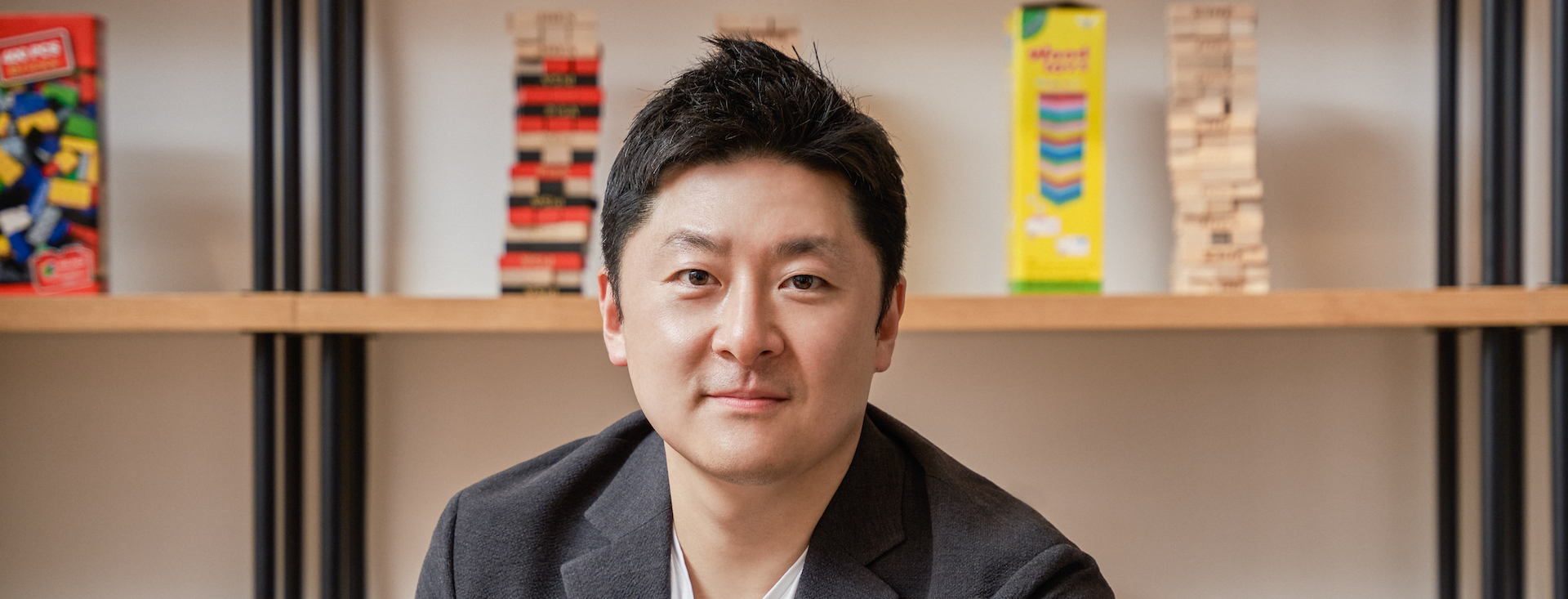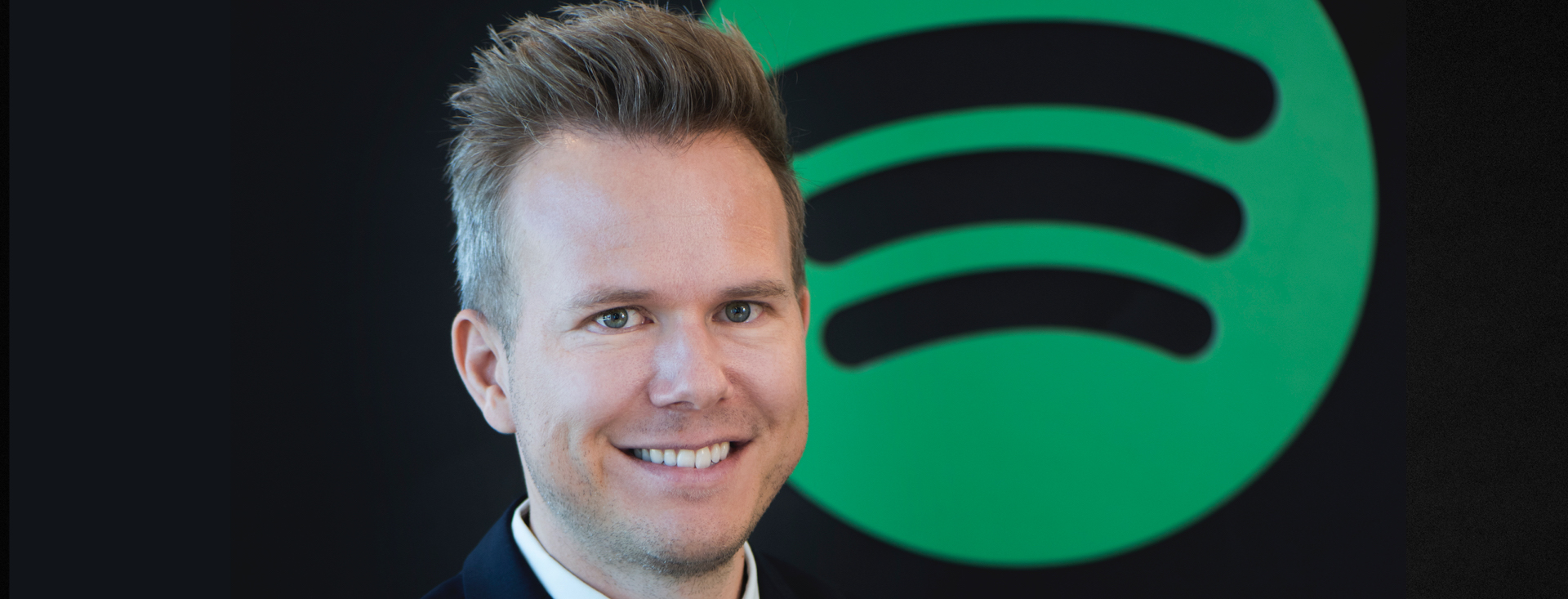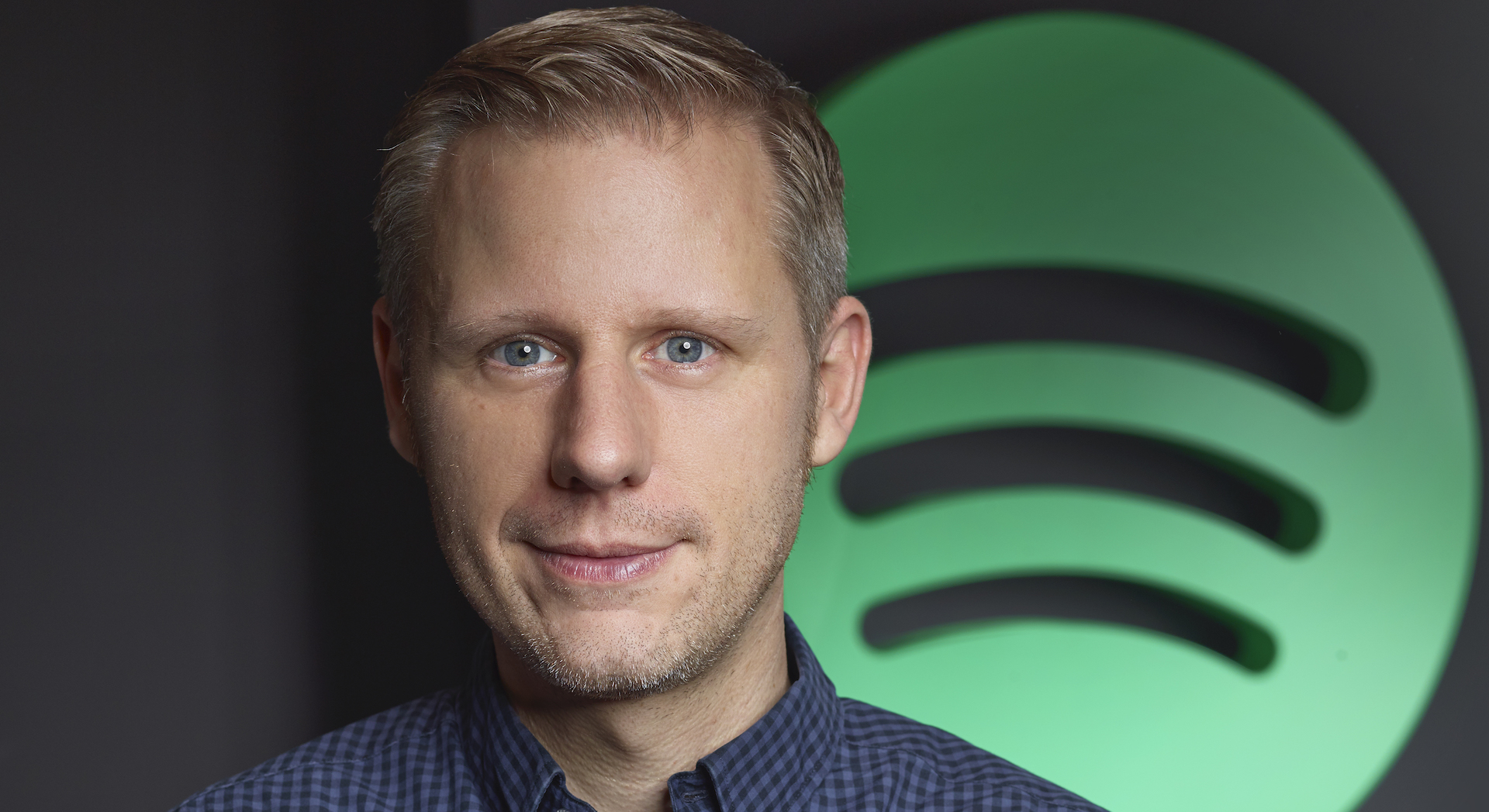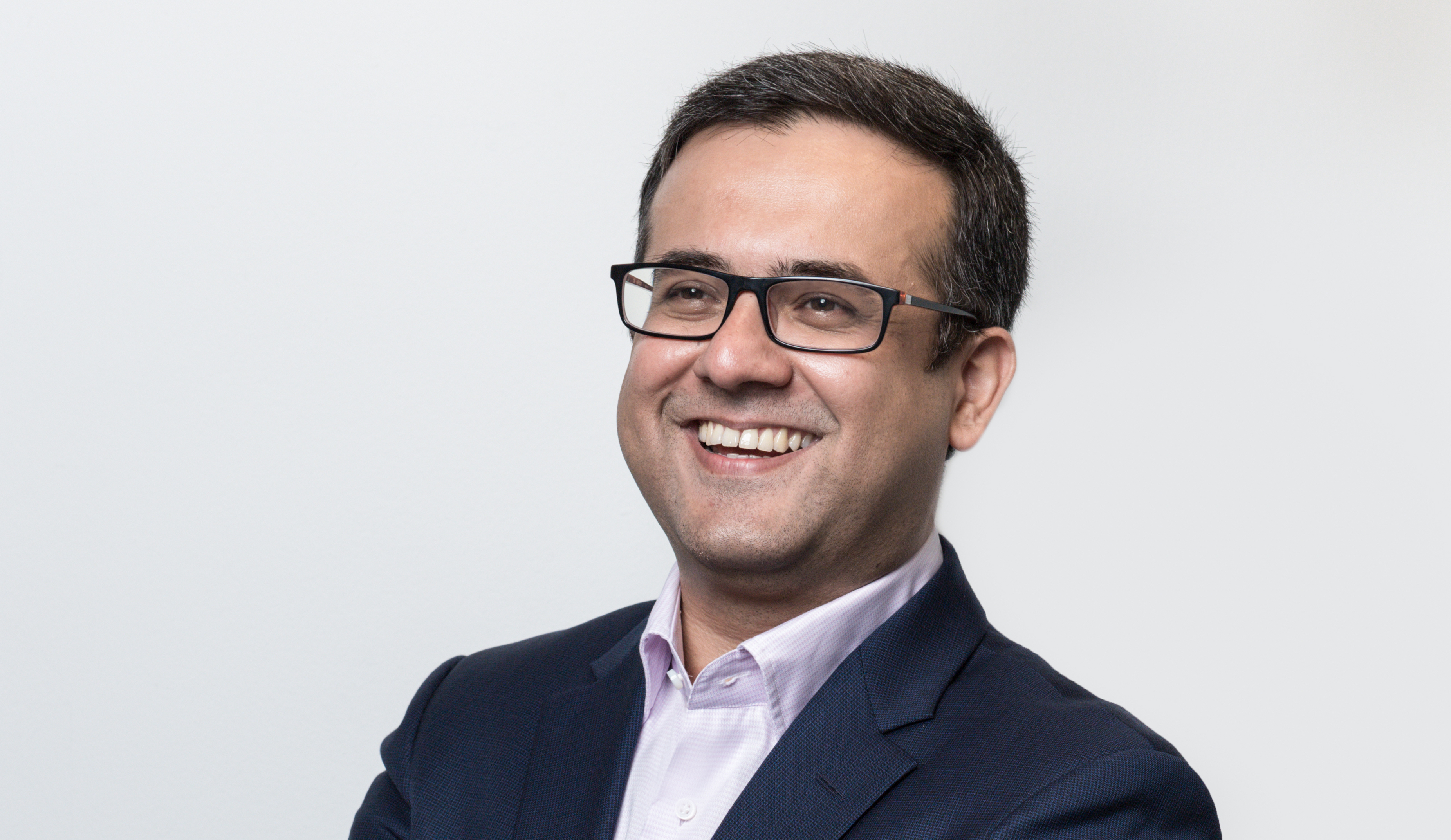
Federica Tremolada joined Spotify exactly two years ago as Managing Director for Southern & Eastern Europe. This diverse region is made up of 26 countries, including big established markets like Italy, Spain, Turkey, and Poland, as well as a number of fast-growing newer markets, like Czech Republic, Hungary, Greece, and the Balkans. From the start, Federica knew there wouldn’t be a one-size-fits-all approach for her markets.
At Spotify, Federica has combined her passion for audio (she’s been a musician since a young age) with her experience in international media and technology. Her background in negotiating and managing complex international media partnerships led her to have a deep understanding of different business models at Spotify and how to fit them into the puzzle that is Southern and Eastern Europe.
Recently, Federica was honored on Billboard’s 2021 International Power Players list. For the Record took the opportunity to check in with Federica to hear about what she’s been up to—and what she looks forward to down the road.
What’s Spotify’s ultimate vision and goal in Southern and Eastern Europe (SEE)?
Our mission at Spotify is to unlock the potential of human creativity—by giving a million creative artists the opportunity to live off their art and billions of fans the opportunity to enjoy and be inspired by it. The translation of our mission into the 26 markets of the Southern and Eastern European region is to enable this unique connection between artists and fans at a local level by providing the most relevant content, a highly sophisticated personalized experience, and the best product fit to local artists, users, and advertisers.
If I think about some of the most recent campaigns we’ve launched, they had an enormous impact both locally and globally. As an example, our Sanremo 2021 campaign was a huge success! During the five days of the popular Italian musical festival, the official playlist was the third-most-listened-to playlist globally, just behind Today’s Top Hits and RapCaviar.
What are some of your greatest achievements at Spotify to date?
One of the biggest achievements came from better understanding the diversity and priorities of all my 26 markets with high growth potential, both in terms of new monthly active users and subscribers. Being more local means providing an adequate type of support to creators and being culturally relevant for all our users regardless where they come from. This translated into multiple initiatives we launched in the region: the localization of Spotify for Artists in most of the relevant languages, the launch of an Original & Exclusive strategy for podcasts starting from our top markets that brought an Emmy-like award in Spain (Premios Ondas) for XRey, a bigger and better approach to our local marketing campaigns, artists’ promotion at a larger scale (like Sfera Ebbasta, C Tangana, ROSALÍA, or Taco Hemingway), and last but not the least, the creation of a team that could facilitate and accelerate this type of support.
What do you view as the key headwinds that you and the region face?
The real challenge is managing complexity at a large scale. We need to make sure we stay competitive in our most mature markets by acquiring new audiences, refreshing our original and exclusive content slate at a stable pace, owning local music genres as much as we do for global trends (for example, Flamenco Flow in Spain or Disco Polo in Poland), and personalizing the Premium experience in every country.
At the same time, it’s important not to lose sight of everything happening in countries at an early stage of growth or those still on a fast growth trajectory by fueling that growth with the right amount of resources and investments. We’ve never invested so much in local initiatives in SEE as we’re doing in 2021.
Within your market, what would you say are the most exciting or interesting trends that you’re seeing?
Podcasts are definitely one of the most interesting trends that also had a huge acceleration during the pandemic. Italy and Spain were among the two markets that quarantined first in early March 2020, and during those first few weeks podcast listening went up in those markets. This format is particularly loved by millennials and Gen Z users who identify podcasts as a more humanizing technology and also a better way to fuel self-discovery. In order to provide high-quality content around these topics, we launched three new shows in Spain (X-Rey, AM, and El Rey del Cachopo), plus three originals (Tutto Sanremo ma dura meno, L’Educazione Responsabile, and Complottisti Domestici), and one exclusive format (Demoni Urbani) in Italy in the last few months.
If we took a look at your recently played list, what would we find right now?
I love true crime in general for podcasts, so both Demoni Urbani and the recently launched El Rey del Cachopo are among my favourite titles, along with some of the shows we launched globally, like Renegades: Born in the USA or Dare to Lead with Brené Brown. From a music perspective, I love discovering new hits that I can add to my library, so Release Radar and New Music Friday are my favorite playlists during my spare time.
Stream one of Federica’s favorite Spanish podcasts, El Rey del Cachopo.














Recent Comments